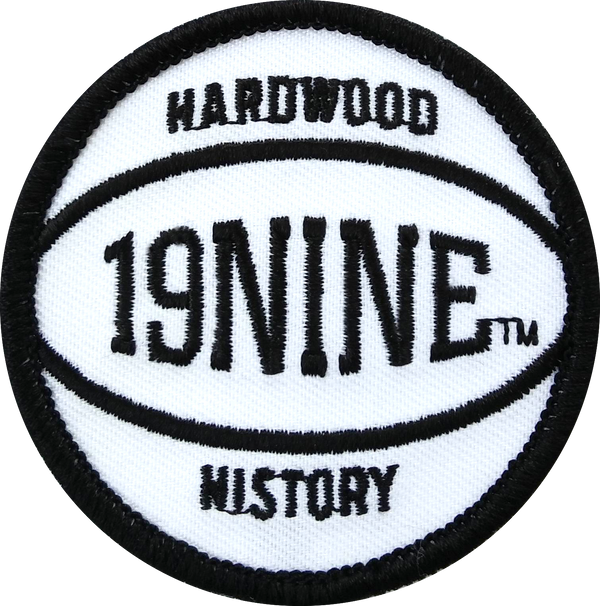For much of the University of Miami’s athletic history, the success and cache of the school’s football program vastly overwhelmed that of its basketball program.
While The U’s football squad was pushing the university into America’s consciousness in the last quarter of the 21st century, including winning national titles in 1983, 1987, 1989, and 1991, the Hurricanes struggled to gain much traction on the hardwood.
Heading into the 1997-1998 season, the Hurricanes had posted but one NCAA Tournament appearance (1960) in school history. Even more telling, school administration had actually cut men’s basketball from the school’s athletic roster in 1971 before restoring the program in 1985.
After leaving the independent ranks to join The Big East in 1991, Miami hoops won only 8 of its first 54 games in the league, including a 1-17 conference mark in the 1991-1992 season and a winless 1993-1994 Big East campaign. In this same time frame, The U’s football squad compiled an overall record of 32-4 and remained prominent on the national radar.
When the Hurricanes 1993-1994 season closed with a 69-51 loss to Seton Hall in the opening round of The Big East Tournament, local radio talk shows slammed fourth-year head coach Leonard Hamilton and suggested the basketball program should once again be cut.
When Hamilton, a former Kentucky assistant, departed Oklahoma State to take the Miami job in 1990, he described Miami’s potential as “unlimited.” Four years later, though, the Canes were no closer to stability and Hamilton described the 1993-1994 season as “the toughest year in my life.”
“The good thing is it can’t get any worse,” Hamilton said after the Seton Hall loss.
And slowly, things did improve for the Canes – if improvement means crossing the .500 threshold. Miami went 15-13 (9-9 Big East) in the 1994-1995 campaign followed by 15-13 (8-10) and 16-13 (9-9) marks the following two seasons.
When the 1997-98 season opened, Hamilton believed his squad was finally capable of breaking through and landing the program’s first NCAA Tournament appearance since Dwight Eisenhower inhabited the White House.
“We have a chance to be real good,” Hamilton said as the season opener against Southern Illinois approached.
Behind junior Tim James, Miami then rolled off 9 wins to start the season, including victories over #17 Charlotte, Georgetown, and Memphis, and Hamilton’s words seemed prophetic. It was the best start in program history and others began taking notice of Miami’s promise.
“I think they’re one of the better teams in the country,” Memphis head coach Tic Price said after the Canes defeated his Tigers 65-57 on Dec. 22, 1997. “They are deep, very talented, physical, and got good athletes. For them not to be ranked is an injustice. Leonard has them kids playing with tremendous intensity.”
Attendance at Miami home games, which had been lagging for much of the 1990s, soared, alongside energy in and around the program as the Canes won their first five Big East contests, punctuated by a 76-67 win over #8 UConn on Jan. 6, 1998.
“That Miami team can win the Big East,” UConn coach Jim Calhoun said after the Canes topped his Huskies. “Clearly, Miami is a Top 25 team. I’m not a betting man, but I’d say there’s no question Miami is going to be playing in the NCAA Tournament this year.”
Suddenly, Miami, at 12-1 and on the verge of entering the AP Top 25, was gaining attention for more than its football prowess. The Canes proved they could hoop a bit, too.
Miami finished the regular season 18-8 with an 11-7 mark in the Big East. Though the Hurricanes lost to Georgetown 62-56 in the Big East Tournament’s opening round, Hamilton and his crew seemed well positioned for an invite to the Big Dance despite a late season slide that saw them go 5-5 in their last 10 games.
On Selection Sunday, it became official: Miami’s name popped up as a #11 seed set to face #6 UCLA in Atlanta.
And with that, Miami basketball broke a 38-year-old barrier and gained a degree of basketball notoriety that had long eluded The U.
In the 24 seasons since that 1998 breakthrough, the Canes have made 8 appearances in the Big Dance. The program’s three Sweet Sixteen runs this century (2000, 2013, and 2016) match the number of those earned by basketball-rich programs such as Georgetown, LSU, and NC State.

